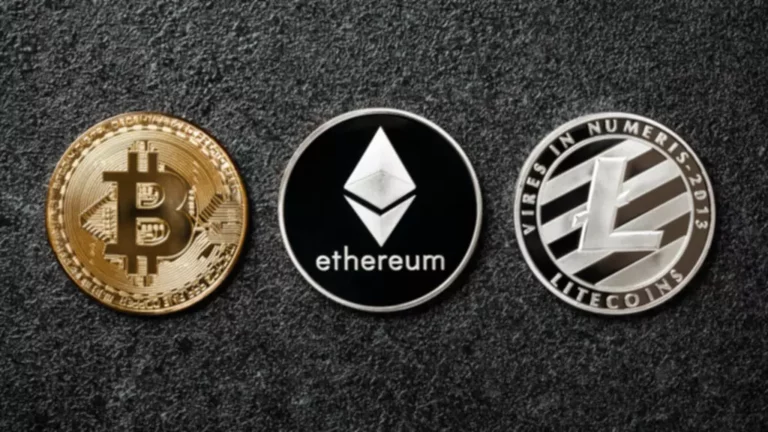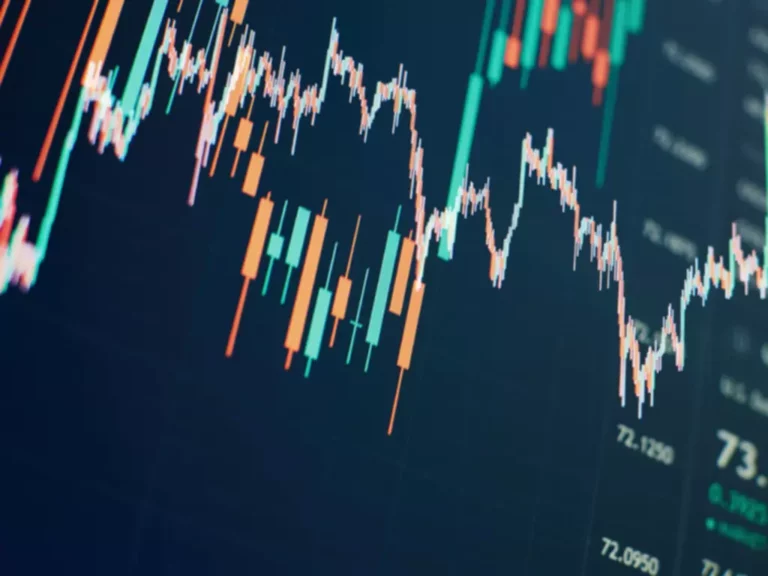This will increase demand just because there can be fewer obtainable items attached to a specified good or service. The materials contained on this website is for informational functions solely and 21Shares AG, and its associates, is not soliciting any action based mostly upon such materials. The material is not to be construed as a suggestion or a recommendation to purchase or promote a security nor is it to be construed as funding advice.

In a PoB system, miners should burn some of their coins to facilitate the creation of recent blocks, which may appear counterproductive at first. However, these miners are compensated with new coins for efficiently verifying transactions in a brand new block. Advocates of PoB think about it an efficient means for transaction validation because it would not depend on substantial real-world sources. Often, PoB entails a cyclical process of generating new cash and burning a segment of the present provide. Burning crypto means permanently eradicating a portion of the circulating provide by sending it to a special burn tackle from which it could possibly by no means be recovered. These tokens attempt to preserve parity with the underlying property by balancing towards reserve assets held in custody.
Coin Burning Rather Than Dividends
PoB combines components from Proof of Work (PoW) and Proof of Stake (PoS), and is considered an experimental algorithm to realize energy efficiency. Some examples of cryptocurrencies utilizing PoB are Namecoin and Slimcoin. “Burning” is a time period used to describe the complete removing of a portion of a cryptocurrency’s token supply. The company behind Terra, TerraformLabs, launched TerraUSD (UST) in September 2020. UST differed from different stablecoins as a outcome of its peg was maintained by algorithms, quite than large reserves of money or debt. “This acts as an incentive to keep the network safe, as miners are rewarded with new cash for destroying their old ones.” Machikhin mentioned.

Deflation is taken into account constructive for a cryptocurrency because it incentivizes the long-term holding of an asset, rising adoption of the currency as a retailer of worth. A token burn is commonly used strategically to convey advantages to the project itself, and to holders of its native token. Meanwhile, what’s generally identified as the proof-of-burn (POB) consensus mechanism is used to permit customers to take part in a network by burning a sure quantity of coins. With proof of burn, crypto miners must burn their very own tokens to earn the right to mine new blocks of transactions. In return, members receive rewards in the cryptocurrency they’re mining. Typically, they arrive paired with a personal key, offering means to open the vault.
Such a principle although would rely on a relentless and automatic process for the buying and burning of the crypto asset from the open market. In the case of the trade tokens, it is doubtless that their burn mechanism does not rely on open market buybacks however rather the burn of the crypto asset’s supply already held by the trade. It is unclear in such a case why this mechanism should necessarily result in the accrual of value to the given crypto asset. This research notice has explicated the idea of token burns and demonstrated a quantity of crypto assets which have carried out the mechanism – BNB, KCS, BIX, and Maker. We show how the precise implementation of the mechanism impacts its impact on worth accrual. Notably, we argue how it’s fallacious to think about token burns analogous to inventory repurchases because of the lack of intrinsic cash circulate in the former’s case.
The Financial Dynamics Of Coin Burning
This, in flip, ensures a balanced integration of each new and established community users, promoting equitable progress and participation. This process is undertaken by tasks as a method to reduce the whole supply of their tokens, thus making a “deflationary” effect. Crypto burning can be helpful as it acts as a deflationary measure, supporting the token’s price by reducing its supply. Burning can additionally be used by stablecoins and wrapped tokens to maintain up parity with their underlying property.
The manner by which a cryptocurrency platform handles token burning can greatly affect funding decisions. It’s important to grasp the specific mechanisms and protocols of token burning within a specific platform earlier than participating in such activities. The success of many altcoins can often be attributed to their active and committed communities. Successful blockchain projects usually have quite a few contributors working to boost the ecosystem, supported by investor engagement.
Instance Of Proof Of Burn
When the provision of tokens is reduced, a holder’s proportional ownership increases — just as the worth of the entire assets they personal does. Early adopters of a token can have an unfair benefit over newcomers because the pace at which cash are created through proof-of-work (POW) reduces each time a new block is mined. Token burning helps to promote a fair stability for brand new users by encouraging regular mining activity. This course of makes it harder for early adopters with massive mining infrastructure to hold nearly all of cash in circulation. Token burning is meant to have a deflationary influence on the worth of an asset, boosting its value by decreasing the provision out there.

In essence, token burning applies the theory that an asset will hold a better value if scarcity of that asset is maintained. By burning tokens, it permanently removes them from the circulating supply. During the method of burning, the project’s team what is burn crypto usually sends tokens to a burn tackle where they are now not accessible. Most of the time, it is the builders of a cryptocurrency who determine to burn a sure quantity.
One effective technique to implement this is by mechanically burning a portion of the transaction charges. Auto-burn is the automated means of burning cash used by sure cryptocurrencies. This auto-burn mechanism adjusts the variety of coins to be burned primarily based on particular elements, providing a extra constant and systematic method to coin burning.
What Are Crypto Token Burns?
This mechanism is designed to extend the speed at which BNB is burned and contribute to the burning pool on an ongoing foundation. Burning crypto is the intentional strategy of rendering a certain portion of a crypto coin or token’s supply completely unusable. This is achieved by sending the cash to a novel address from which they can’t be withdrawn because of the absence of a identified private key. Here, customers (supported by the algorithm) would essentially be buying UST and burning LUNA, or buying LUNA and burning UST. This token burning course of helped to maintain UST pegged at $1, which theoretically brought stability to the coin.
- PoB is designed to hold up the community’s effectivity and dynamism, necessitating common burning of coins by each miners and customers.
- Here, we’ll explore the rationale and technical mechanics behind token burning, look at the advantages and drawbacks of the exercise, and replicate on some noteworthy token burns of the previous.
- A coin burn quite actually locks away digital assets and throws away the personal key.
- Conversely, if the price falls, tokens could be burned to regulate the supply and stabilize the worth.
- This process features in a way akin to transaction fees in Bitcoin or gas fees in Ethereum.
In a charitable transfer, the remaining 10% of the gifted coins have been handed on to an Indian COVID-19 relief fund set up by Polygon founder Sandeep Nailwal. Given their permanence and the potential long-term impact on a project, it’s easy to why certain token burns in crypto history have grabbed the headlines. Similar to cost recovery, a token burn may help deliver stability during a period of volatility for a token. First, if a token burn does cause the asset’s price to rise, the optimistic sentiment gained from the rise could halt a interval of downward promoting stress for the token. Second, often, a token burn is seen as a positive sign of a developer’s commitment to the project. This may present another boost to the positive sentiment surrounding the project, additional lowering volatility.
Reasons For Burning Crypto
By fronting a specified amount, a miner is then compensated with a block reward for verifying the transaction. The Terra project, for example, burned 88.7 million of its LUNA tokens in November 2021. The tokens represented round $4.5 billion in worth on the time, which the corporate stated made the event one of many largest layer 1 token burns ever. The purpose of the burn was partly to take away value from Terra’s group pool, the place founder Do Kwon argued it was not needed.

Token burning is essential in maintaining stable coin costs and constructing investor confidence. When demand is regular, lowering the total provide of coins can lead to a value enhance. Additionally, this strategy is efficient in controlling inflation for sure cryptocurrencies, especially stablecoins. Coin burning operates underneath an identical principle by decreasing the general provide of the cryptocurrency.
In brief, cryptocurrency burning refers to the means of permanently removing a particular variety of tokens from the provision in circulation. The act of burning tokens is everlasting, that means the assets are destroyed eternally. One is as a outcome of it wants a deflationary token, and burning ensures the entire provide continues to decrease.
